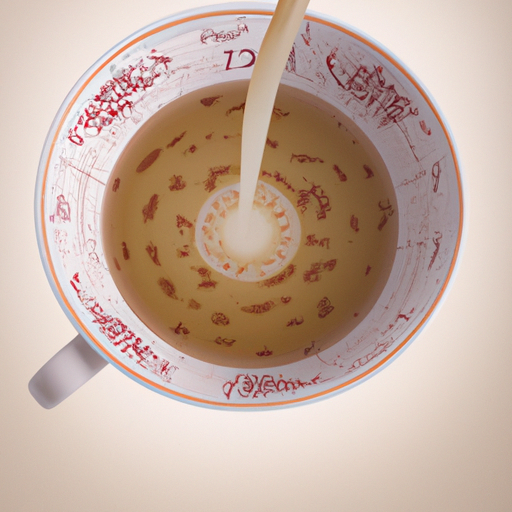Tea Fortunes: An Exploration of Tasseography
You might have heard the term "tea leaves" as a figure of speech referring to hints or clues about the future. The truth is, the art of reading tea leaves, known as tasseography, has been practiced for centuries. If you're a diehard tea enthusiast with a penchant for the mystical, you'll find yourself steeped in fascination with tasseography. In this article, we'll be diving deeper into this ancient art of divination and its history.
A Brief History of Tasseography
Tasseography is believed to have originated in China, where tea has played a central role in culture for thousands of years. Gazing at the patterns left by tea leaves at the bottom of the cup, the Chinese believed these shapes could hold hidden messages from the Spirit realm.
Around the 17th and 18th centuries, tasseography gained popularity in Europe, particularly among fortune-tellers and gypsies. Eventually, the practice became popular among nobility and commoners alike, and it was often practiced in tearooms and private gatherings.
Tasseography: Tea or Coffee?
While tasseography is most commonly associated with tea leaves, the technique can also be applied to other beverages, such as coffee grounds (caffeomancy) or wine sediments (oenomancy). However, it's important to note that the preparation and interpretation methods may vary depending on the beverage of choice.
In this article, we'll focus on the tea-based version of tasseography.
Reading The Tea Leaves: The Basics
To begin your tea leaf reading journey, you'll need the following:
- A cup and saucer
- Loose-leaf tea (preferably tea with larger leaves)
- Hot water
- Your intuition and a curious mind!
The Tea Brewing Process
To prepare a cup of tasseography-friendly tea, pour loose-leaf tea directly into a teacup and fill it with hot water, allowing the tea to brew and steep. Unlike regular tea brewing, we're not using an infuser or tea bag in this process. Remember to use enough tea leaves to generate clear patterns once the liquid is consumed.
Next, let the person whose fortune is being read sip the tea, leaving a small amount of liquid and the tea leaves at the bottom of the cup. The reader may also ask the person to make a wish or focus on a specific question before starting the reading.
Interpreting the Leaves
To interpret the leaves, the reader should swirl the cup in their left hand three times in a clockwise direction, then flip the cup over and let the excess liquid drain out onto a saucer. This action will create a pattern of tea leaves that the reader will then analyze.
Tea Leaf Position
The position of the tea leaves in the cup can provide insight into the nature and timing of the reading. Here's a basic guide to understanding tea leaf positions:
| Position | Meaning |
|---|---|
| Bottom of the cup | Distant future or things that may take time |
| Sides of the cup | Events happening in the immediate present |
| Top of the cup | Near future or areas of immediate concern |
Tea Leaf Symbols
Interpreting the symbols formed by tea leaves can be subjective, as the shapes may vary depending on the reader's perspective. However, certain shapes have commonly accepted meanings.
| Symbol | Meaning |
|---|---|
| Bird | News or messages are on their way |
| Circle | Completion, protection, or unity |
| Clouds | Confusion or uncertainty |
| Crossed Lines | Obstacles or conflicts ahead |
| Heart | Love or emotions |
| Mountain | Challenges or opportunities for growth |
| Snake | Transformation or spiritual growth |
| Star | Inspiration, creativity, or wish fulfillment |
For a comprehensive list of tea leaf symbols and their meanings, it's best to consult a tasseography book or experienced reader.
A Cup of Caution
While tasseography can be an entertaining and even enlightening practice, it's essential to approach it with a lighthearted attitude. Remember that the future is never set in stone(tea?), and our actions and choices can influence our destiny. Embrace the ancient art of tasseography with curiosity, creativity, and a sense of fun – and remember to take your findings with a grain of tea!
As you develop your skills in tasseography, you might find yourself sipping a cuppa and discovering a whole new layer of enjoyment in the world of tea. Tea readings not only sharpen your intuition but also allow you to share intimate, engaging moments with your friends and loved ones. So take a sip, gaze deep into the bottom of your cup, and see where the leaves may take you!
